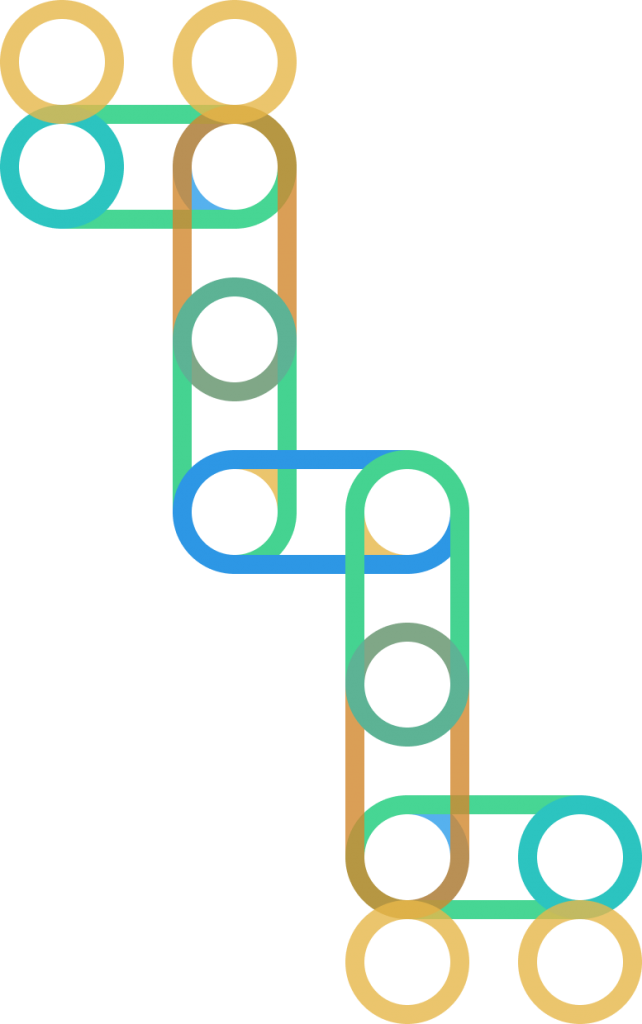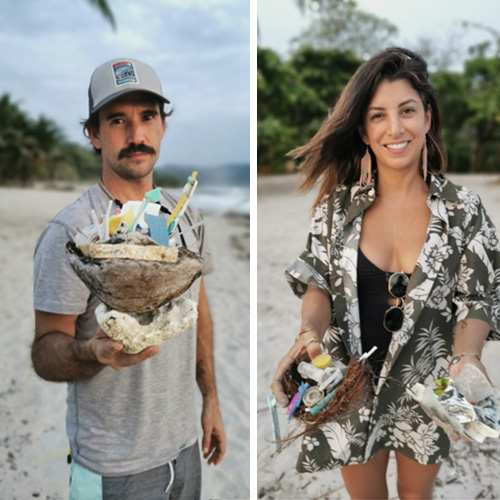
Through 3.8 billion years of research and development, nature has mastered efficiency and design. As we tackle our plastic challenges, we’re drawing inspiration from its wisdom. Dive in to discover how nature-inspired innovations are reshaping the world of PET plastics.

As the urgency for sustainable alternatives to traditional plastics becomes paramount, the PET plastic industry is looking towards nature for inspiration. A host of groundbreaking innovations are emerging, driven by principles from the natural world. Here are some of the most promising nature-based PET plastic solutions, complete with some of the leading examples:
Self-healing Plastics:
Inspired by our skin’s ability to heal, researchers are developing plastics that can “heal” themselves when damaged. This could extend the lifecycle of PET products and reduce the demand for new plastics.
- Example: Researchers at the University of Illinois created a plastic containing small capsules filled with a healing agent. When the plastic cracks, these capsules release the agent, which then solidifies, “healing” the plastic similarly to how blood clots to heal a wound.
Enzymatic Recycling:
Certain bacteria and enzymes have been found to break down PET plastics. Scientists are exploring ways to harness these enzymes for industrial-scale plastic recycling, aiming to make the recycling process more efficient and less energy-intensive.
- Example: A bacterium, Ideonella sakaiensis, was discovered in 2016 that could digest PET plastics. Researchers are now optimizing these enzymes for industrial-scale recycling.
Bio-based PET:
Rather than deriving PET from petroleum, researchers are looking into creating PET from plant-based materials. This approach, inspired by how plants convert sunlight into energy and biomass, could reduce the carbon footprint of PET production.
- Example: Coca-Cola, in collaboration with biotech companies, is pioneering the development of a 100% plant-based PET bottle using resources like sugarcane.
Water-Harvesting Bottles:
Taking inspiration from desert beetles that collect water from fog, innovators are designing PET bottles that can harvest water from the air, providing a dual function.Desert beetles extract water from the air in arid environments, a concept that can be translated to bottle designs.
- Example: The “Dew Bank Bottle,” designed by Pak Kitae of Korea, is a PET bottle designed to collect dew, providing a source of clean drinking water in dry areas.
Biodegradable Plastics:
By studying how natural materials decompose, researchers are working on making PET plastics that are biodegradable, aiming to reduce long-term environmental pollution.
- Example: Polysys has crafted a biodegradable PET alternative using microbial fermentation, resulting in a bioplastic that decomposes more readily.
Enhanced Durability:
Looking at natural structures like spider silk, which is strong yet lightweight, scientists aim to enhance PET plastic’s strength and durability, making products last longer and reducing the need for replacements.
- Example: At the University of Trento, scientists designed PET fibers with enhanced strength and toughness by mimicking spider silk’s structure.
Natural Adhesives:
Mimicking how certain creatures, like mussels, adhere to surfaces, researchers are exploring bio-based adhesives that could be used in PET plastic products, eliminating the need for harmful chemical glues.
- Example: A bio-based adhesive, created by researchers at Purdue University, can bind to PET plastics. Derived from proteins in mussel footprints, this adhesive provides an eco-friendly alternative to synthetic glues.
The adoption of such nature-inspired innovations not only paves the way for a sustainable future but also emphasizes the profound potential of merging nature’s wisdom with modern technology in addressing environmental challenges.
ARE YOU AT THE VANGUARD OF PET PLASTIC (R)EVOLUTION?
If you are an eco-preneur seeking to put PET plastic on a regenerative path and have something to share, please join us.
The path to a sustainable future with PET plastics requires more than just individual efforts. It demands collective action, innovation, and collaboration across different sectors of the industry. Here’s your chance to be at the forefront of this movement.
Introducing The Solutions Network by adaPETation®.
Tailored for trailblazers like you – packaging specialists, social entrepreneurs, innovators, and systems change investors. This isn’t just another network; it’s the first regenerative hub within the PET polymers industry, dedicated to addressing the systemic challenges surrounding plastics.
By joining this network, you’re not just collaborating; you’re becoming a part of a solution-driven community that seeks, promotes, and empowers the most impactful solutions to plastic waste issues.
The ecosystems we cherish are at a tipping point, and our actions today will define their future. Let’s ensure it’s a future where we’ve closed the loop on plastic waste and started the journey to restoring our precious environments.
Are you ready to collaborate, innovate, and lead the change?
Sign up for The Solutions Network today and let’s shape the future of PET plastics together.
LOOKING FOR MORE INSPIRATION?
We hope these nature-based solutions inspire you to look at PET plastics differently, not as an insurmountable problem but as a challenge we can collectively address. If you’re looking for more examples of nature-based solutions around the world dive deeper into the adaPETation® Solutions Network and let’s reshape our world for the better.
Share it
THE HISTORY OF PLASTIC
Throughout the history of plastic, PET has been crucial in keeping food fresh with lightweight and durable packaging solutions that have helped reduce food waste for almost a century. Learn all about the invention of plastic and the important role it has played feeding people and saving the lives of humans and elephants in the adaPETation® timeline of the history of plastic.





